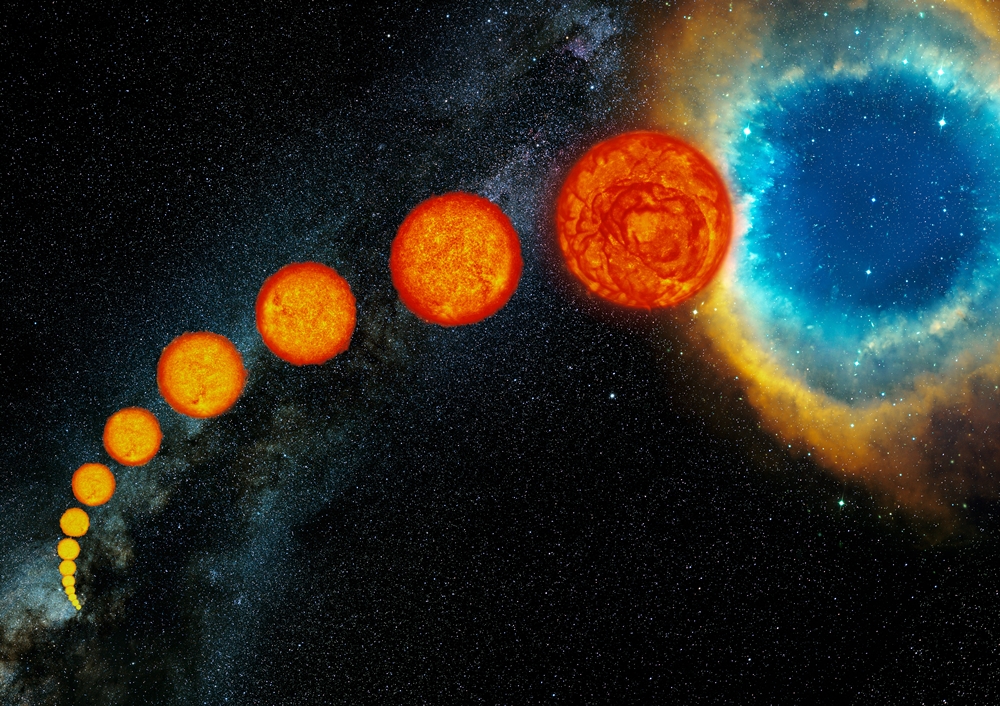Magnification is the ability of a telescope to magnify an object. A lot of observers, not only beginners, don’t understand why higher magnification often doesn’t give a better view. If you own a telescope, it is vital to understand the reasons why higher magnification is not always preferable. It is essential to know the values of the highest and lowest useful magnification for the selected telescope.
*How to calculate the power of a telescope?
Magnification (or power) of the telescope is a relation between the telescope and the eyepiece.


To calculate the magnification, we must calculate the ratio between the focal length of the telescope objective and the focal length of the eyepiece.

Most telescopes come with only one eyepiece. The easiest way to change the magnification is to change the eyepiece – replace the old one with a new that has a different focal length.
- For higher magnification, an eyepiece with a shorter focal length must be attached to the telescope.

- 14mm telescope eyepiece
- Another way to achieve higher magnification is with a Barlow lens – 2x Barlow lens doubles the magnification of whatever eyepiece while preserving its eye relief.

Highest useful magnification
Using the eyepiece with a shorter focal length means that the magnification of telescope increases. We mustn’t get carried away and use eyepiece with a too short focal length. If this happens, the magnification may be too high for our telescope to handle.
- With increasing magnification, the image brightness decreases – if magnification is doubled, the image gets four times dimmer.
- There is also the aspect of field of view to consider – higher the magnification, smaller the field of view. With very high magnification, it may happen that celestial objects, such as galaxy and nebula, will not be seen as a whole.
*Theoretical highest useful magnification:

This equation is a theoretical limit, meaning that “seeing conditions” are not taken into consideration. Earth’s atmosphere can sometimes be very turbulent and can blur the image at high magnifications. A turbulent atmosphere is the reason why it is important to use smaller magnification when seeing conditions are not good.
Lowest useful magnification
Low magnification helps to observe large clusters or sweeping through star clouds. It is determined by the telescope exit pupil value (beam of light coming out of the eyepiece). The larger the diameter of the exit pupil, the brighter the image.

Lower magnification provides a wider field of view and enables better image brightness. A too low magnification can also cause trouble.
- If the value of the magnification is below the value of the lowest useful magnification, the exit pupil of the eyepiece is larger than the pupil size of the human eye. With age, the pupil size of human eye changes. The size decreases with increasing age, meaning that older people have the pupil size of around 5 mm Because of that, a low magnification must be carefully chosen. Otherwise, the light is being lost and wasted.
- The second problem when having a too low magnification occurs in reflectors and catadioptric telescopes. The secondary mirror may become visible (as a dark spot) in the center of the field.




The following paragraph is in error: The second problem when having a too low magnification occurs in refractors and catadioptric telescopes. The secondary mirror may become visible (as a dark spot) in the center of the field.
Refractors do not have a secondary mirror. Reflectors, such as Newtonian reflectors, do. Else, nice article.
Thanks, good info.